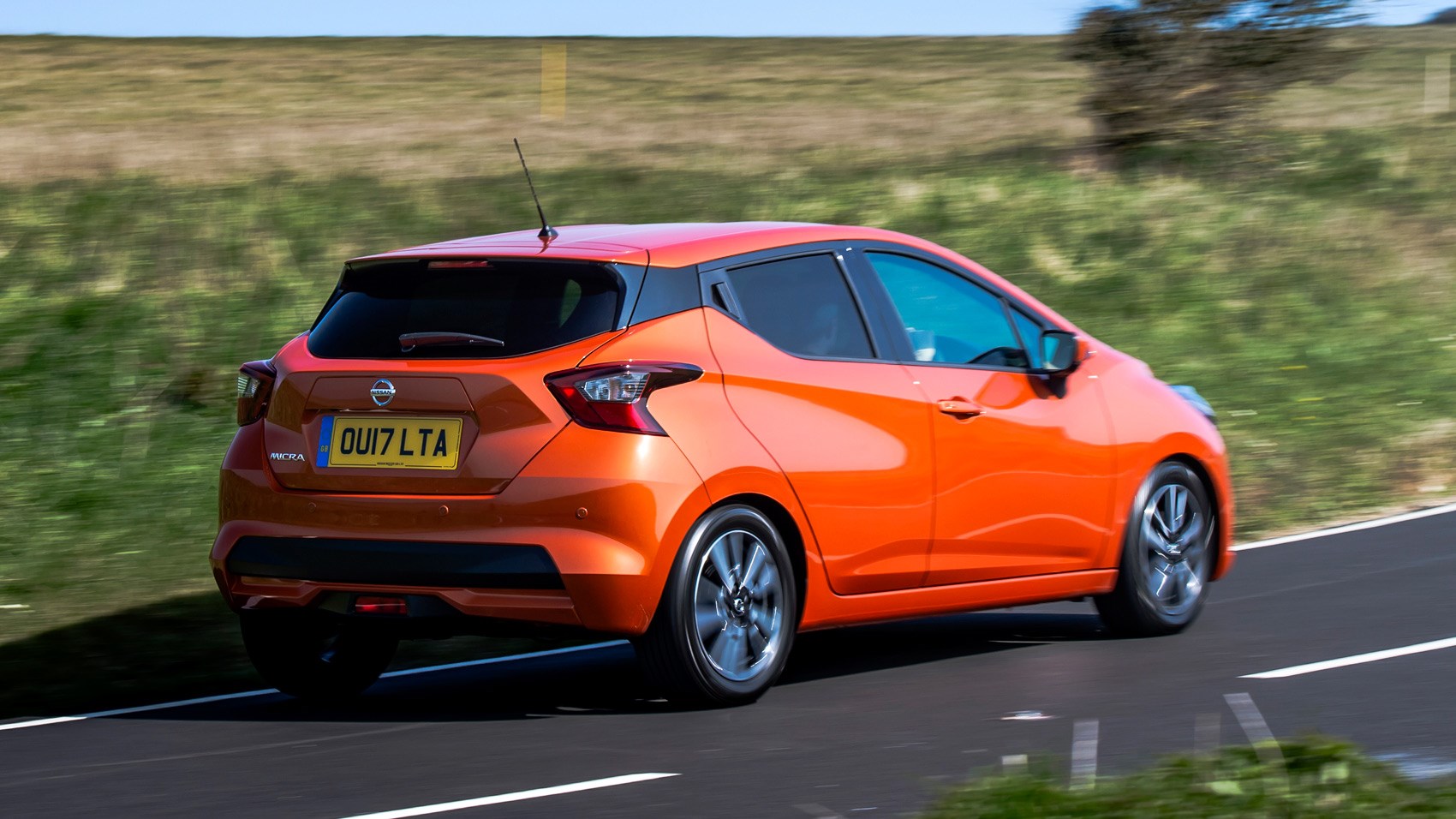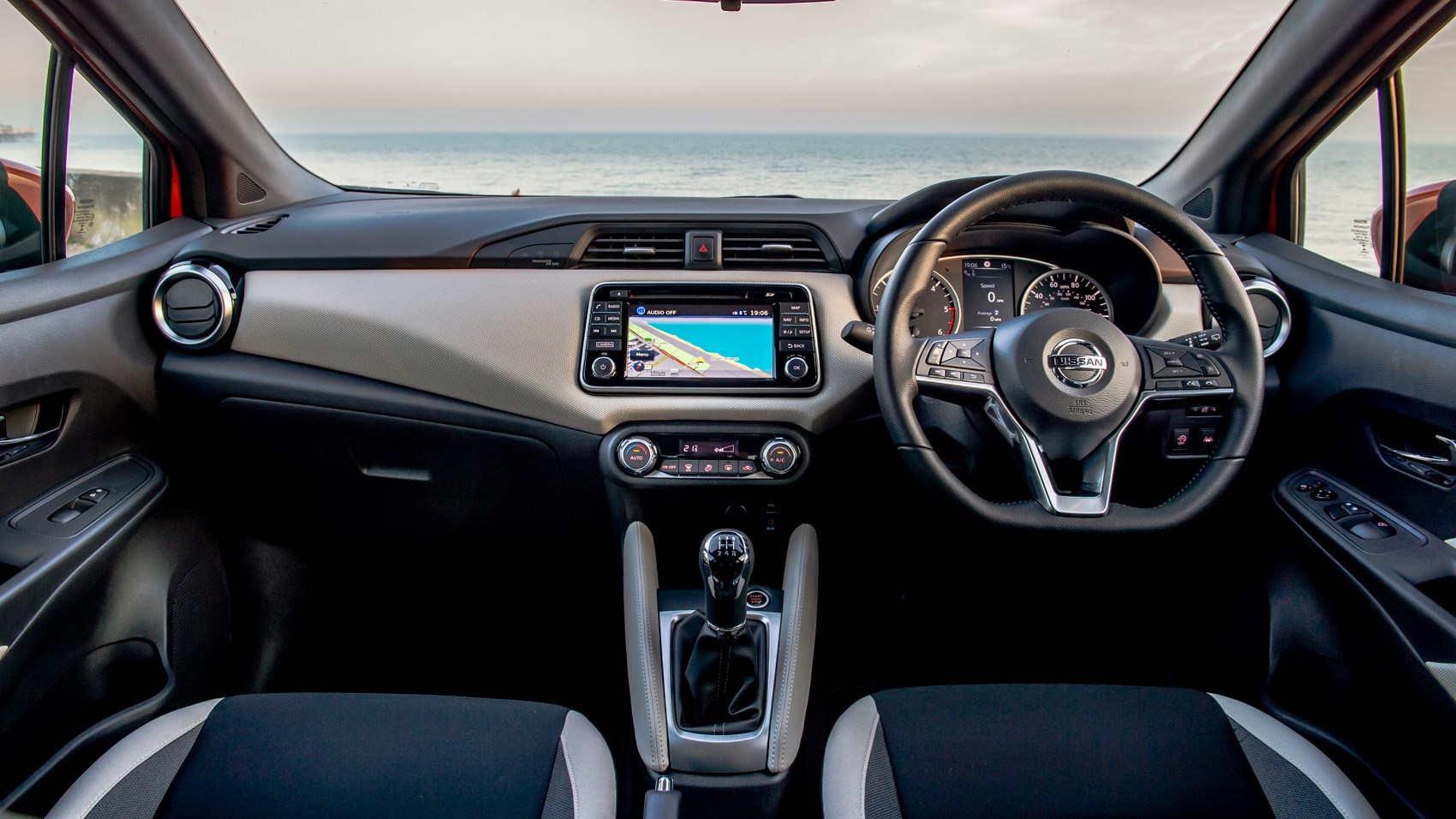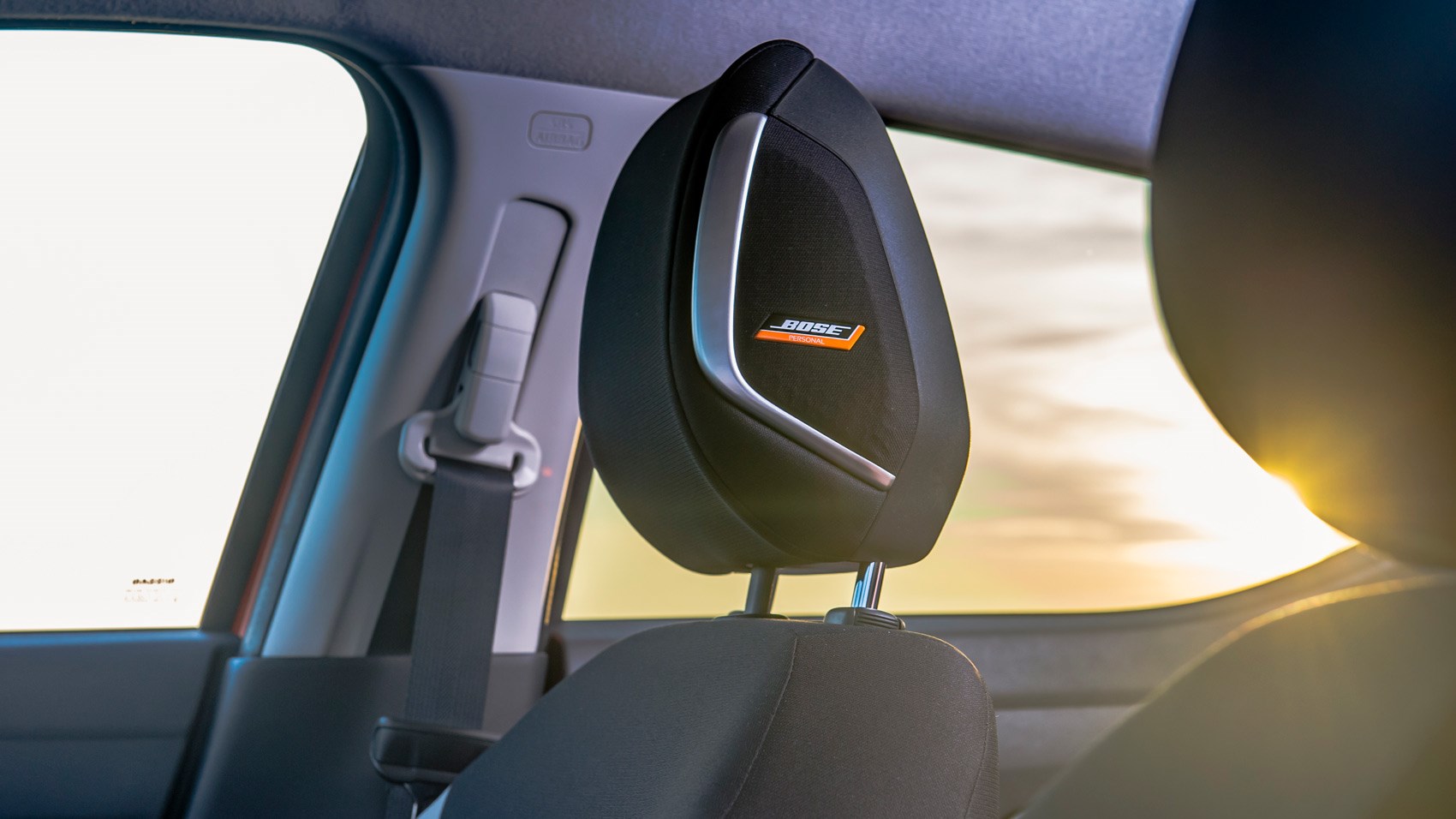► CAR’s 2017 Nissan Micra review
► Diesel power the one to go for?
► Priciest engine choice at nearly £22k
What you’re looking at is the fifth generation of the Nissan Micra supermini. No really, it is… It may not look like any Micra that’s gone before, but let’s face it, that’s really no bad thing.
The previous-generation car in particular was painfully uninspiring, and Nissan knows that this newest iteration needs to make up some serious ground if it wants to be taken seriously in the supermini set.
We’ve already had a spin in the three-cylinder petrol model, but how does the low emissions 1.5-litre diesel version fare? Read on to find out.
Tell me about that diesel engine
It’s a four-cylinder 1.5-litre unit producing a modest 89bhp and 162lb ft of torque. Barely enough to blow a buttercup away, then, but hold your horses – there’s more to this engine than meets the eye.
For a start it’s impressively quiet and refined, with minimal diesel clatter on start-up and when pottering around town. It’s never as hushed as the petrol Micra and the noise levels do increase if you give it the beans, but not to the extent of many of the Nissan’s rivals.
Indeed, depress the throttle pedal with any real verve and the Micra pulls in a clean, linear fashion, well beyond the point at which you’d expect a small diesel to run out of puff. We saw a heady 5000rpm on the rev limiter and even then it didn’t feel like we causing the motor any undue stress.

Sure, it’s no quicker than its closest rivals, but the predictable and eager nature of the powerplant makes it a far more pleasurable experience to eke out the last bit of power.
And eke it out you will, as while the Micra is a fraction quicker to 60mph than its petrol equivalent – 11.9 seconds vs 12.1 – you’re unlikely to be winning any races from the lights in either. A faster, Micra warm hatch is thought to be on the way.
One of the main detractors of the diesel (and the petrol for that matter) was the absence of a sixth gear; the outcome being every ratio was stretched longer than it should have been. Because of this, motorway cruising involved a ratio swap down to fourth every time we wanted to make reasonable progress at 70mph – the light but easy-to-use throw of the gearstick a saving grace.
How does it ride and handle?
Let’s get this out of the way first. It ain’t no Fiesta to drive. Instead, the Micra benefits from a more grown-up, better-rounded setup which doesn’t neglect any part of the overall driving experience.
The ride is firm but well-cushioned on 17-inch alloy wheels, and only becomes unsettled on heavily pockmarked surfaces. Tip it into a bend and there’s admirable control from the chassis, the Micra staying flat and stable even when pushed hard.
It may not be as sharp as a Fiesta but there’s little to choose between the two when it comes to carrying speed over a twisty British B-road.

This is partly down to the standard fit Chassis Control, which – among other things – includes Active Trace Control. Integrated into the ESP, it measures the Micra’s steering angle into a bend and gently applies the brakes on one or more wheels in order to tighten the car’s line.
The steering is also worth a mention – settled and undramatic at a cruise it still manages to feel light and accurate enough in town.
Any interesting bits of kit?
The Bose personal audio pack provides what is probably the best sound quality of any system we’ve encountered in a car of the Micra’s size, and benefits from four main and two driver headrest speakers. The effect is a curious but impressive one; you can never quite tell where the sound is coming from but the overall levels of clarity and bass are deeply impressive.

There’s an excellent range of safety systems on the Micra, all of which are standard on even the cheapest model. Often the preserve of larger, more highly specced vehicles, technology such as Traffic Sign Recognition, High-beam Assist, Lane Departure Warning and autonomous emergency braking are all fitted as standard..
Verdict
Nissan has turned the tables with the fifth-generation Micra. Underneath the radically reimagined styling is a solid, good-to-drive supermini with a focus on safety and personalisation.
Will it be enough to topple the Fiesta from the top of the charts? Probably not – but it’s a good enough car to stand a chance of making a sizeable dent in the Ford’s record sales figures.
The diesel we tested is a likeable engine, but the extra £1330 over the perfectly good three-cylinder petrol simply isn’t worth it, pushing the price tag well beyond £20,000. No surprise then, that Nissan expects only 15% of all UK Micras to be diesel models.